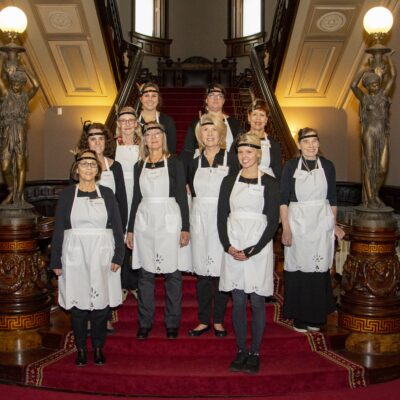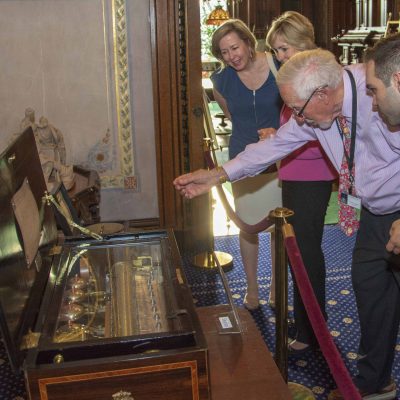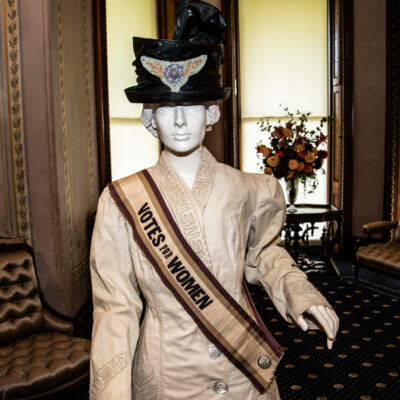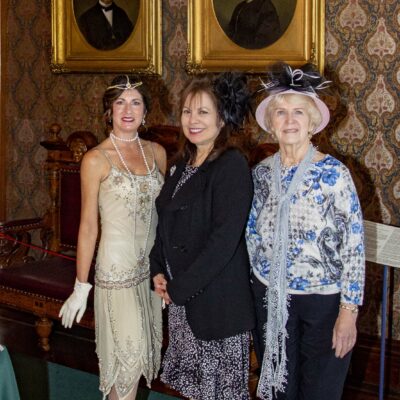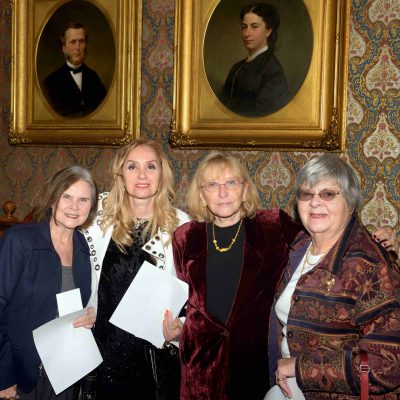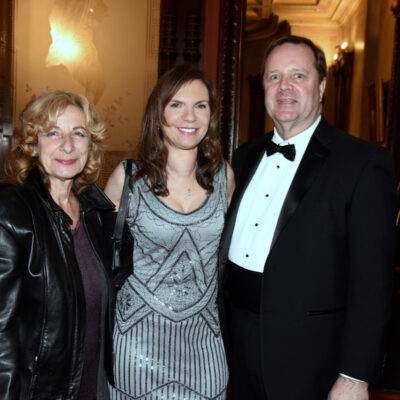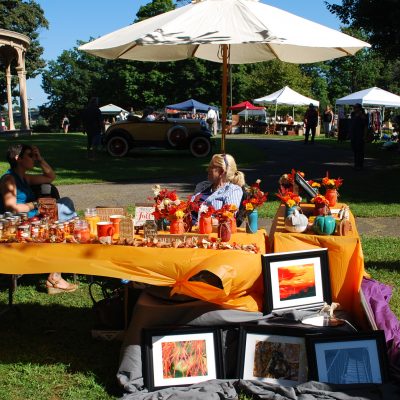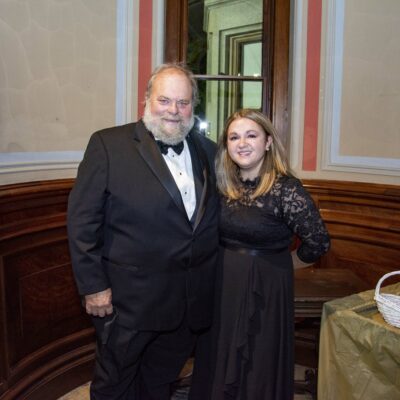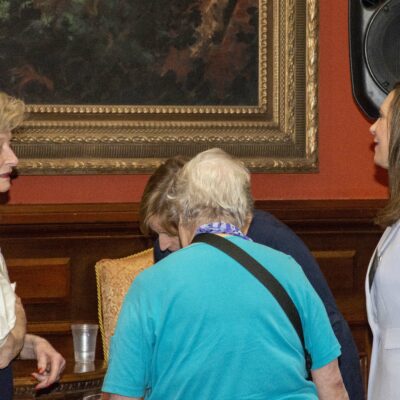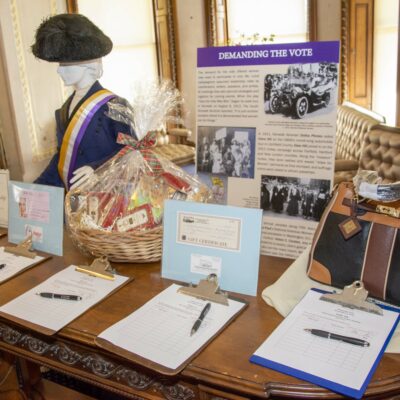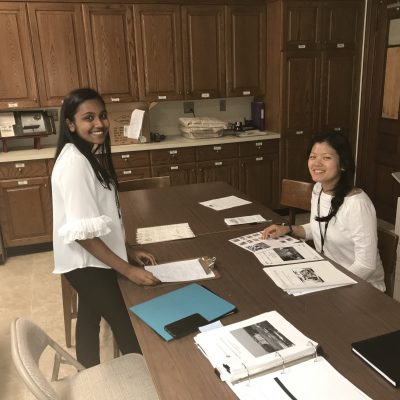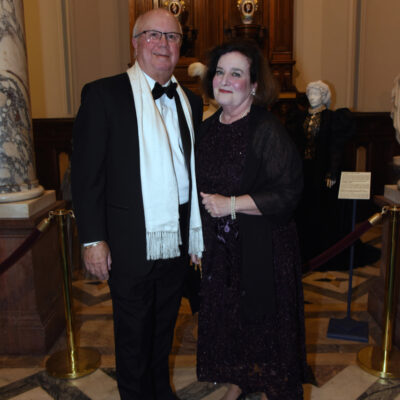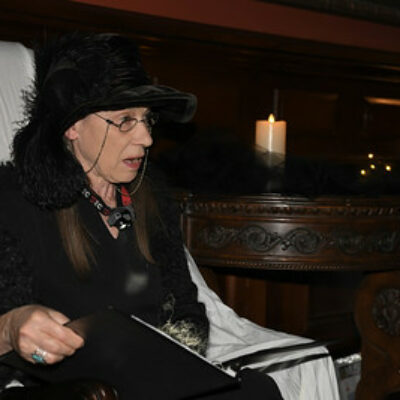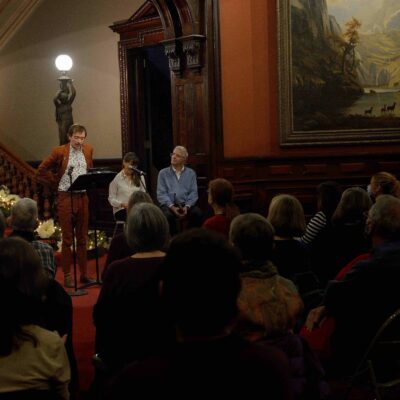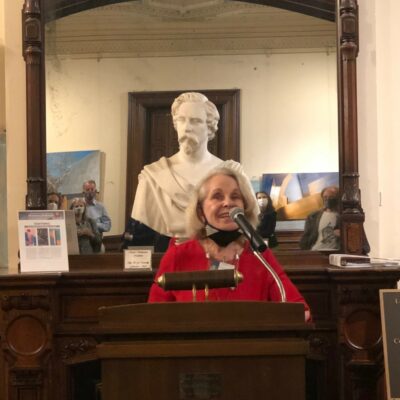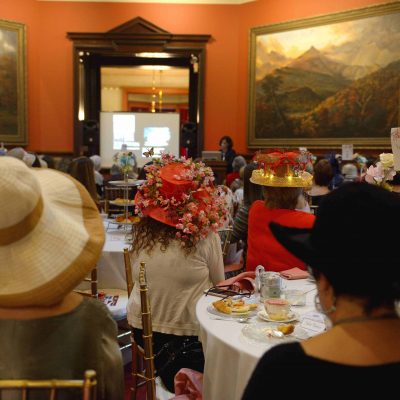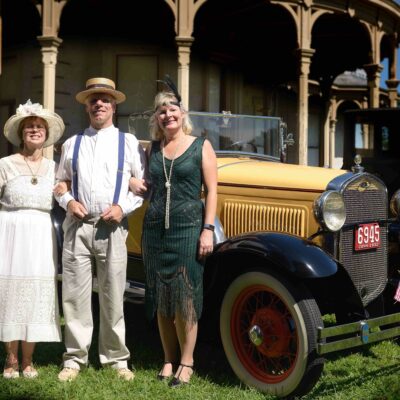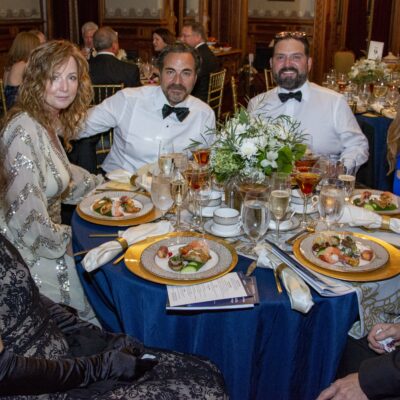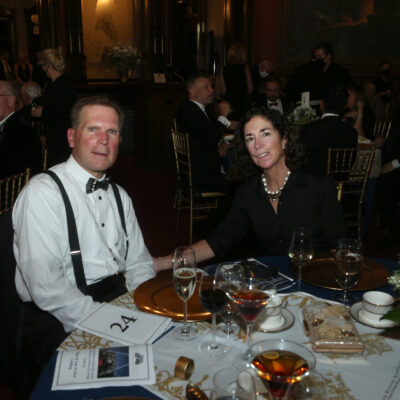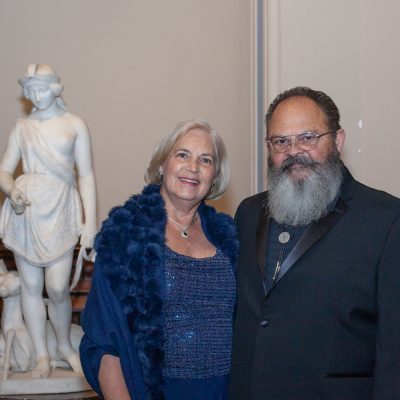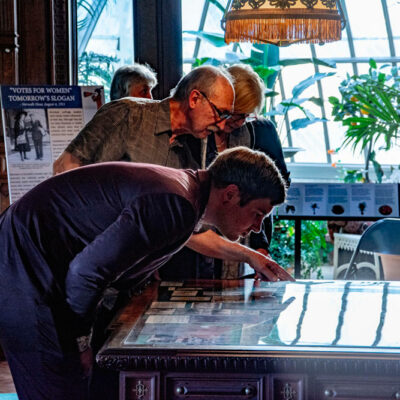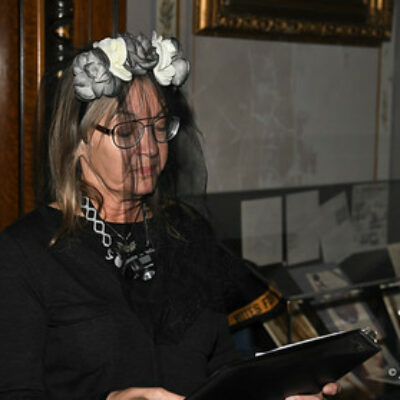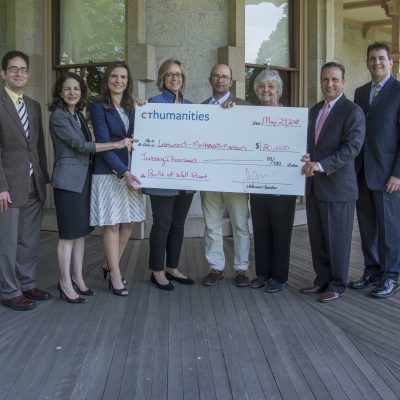Bulls of Wall Street: High Finance, Power, and Social Change in Victorian America May 16, 2025 - October 19, 2025

The Museum is in the midst of planning and seeking funding for Bulls of Wall Street: High Finance, Power, and Social Change in Victorian America.
This exhibition, with related guided tours, lectures, and student programs, will explore the financial world of LeGrand Lockwood, one of America’s first millionaires and Treasurer of the NY Stock Exchange, and his more renowned peers—Vanderbilt, Gould, and Fisk. This program will also investigate the role of women and individuals from marginalized communities who tried to break Wall Street’s “glass ceiling” and enter the world of finance and the market in 19th-century America.
This exhibition will delve into the birth of Wall Street, its financial instruments, and scientific breakthroughs that modernized and accelerated the exchange of information, making Wall Street the new economic engine, and propelling “self-made men” to new heights of prosperity. American society’s trajectory changed with its burgeoning capitalism.
INTRODUCTION
LeGrand Lockwood related to the most notable self-made men and women who were known for their rags to riches, and occasionally back to rags, stories. Stories of self-made individuals appeal to the public-at-large and are relevant to the emergence of the Stock Exchange.
The phrase, “self-made man,” was coined in the 1830s by American statesman Henry Clay to describe individuals who orchestrated their professional success: Some self-made individuals of the 19th century are still known today: P.T. Barnum, Andrew Carnegie, Commodore Vanderbilt, Abraham Lincoln, Frederick Douglass, Hetty Green, and Victoria Woodhull. Not as famous today, but as well known in his day was LeGrand Lockwood. Lockwood’s world included other self-made men, as well as self-made women, including his wife Ann Louisa, but also individuals from marginalized communities such as Jeremiah Hamilton, the first black millionaire in America.
EARLY YEARS IN NORWALK
America’s transition from an agrarian society to one dominated by industrialization in the North, can be seen in the life and opportunities of LeGrand Lockwood. The rise of capitalism radically impacted American society and culture, with LeGrand Lockwood and his wife Ann Louisa being front and center during this pivotal transition.
MAN OF BUSINESS
Race and gender identity played a major role on Victorian Wall Street and in broader society. Early Wall Street was a small community with ties to mercantile trades and the local economy – who you knew and who you were, influenced professional opportunities. Burgeoning capitalism in cities led to the need for more credit and investment opportunities, leading to the emergence of the NY Stock Exchange. Gender played a pivotal role in finance, but a few women still managed to break the “glass ceiling”. We will explore the role of Ann Louisa Benedict, the wife of LeGrand Lockwood, and other women who had a role in finance despite Victorian restraints. Her role in the family business and investments in the gold market and possibly stocks will open the discussion on the role of women in 19th century society and their involvement in family finances as well as Wall Street. The exhibition will put a spotlight on women brokers, i.e. Victoria Woodhull, Mary Gage, etc., and Activists in the suffrage movement who promoted women’s involvement in the Stock Exchange as key to their financial freedom.
THE TOOLS OF THE TRADE – 19TH-CENTURY STOCK EXCHANGE
This exhibition will also explore the tools of trading on Wall Street in the 19th century: symbols of the NY Stock Exchange, and objects and their connections to phrases such as having a “seat” on the Stock Exchange, which is a reference to the chairs traders were required to sit in during trades. The exhibition will compare such objects and idioms with Wall Street today. This exhibition will explore the similarities and differences of the tools of Wall Street trading as well as the social and economic similarities and differences between Gilded Age America and America today.
TECHNOLOGIES & THE RAILROAD
The exhibition plans to include a case of artifacts, documents, and photographs of the railroads that were the base of LeGrand Lockwood’s great success and wealth. We will explore how someone born before the locomotive, such as LeGrand Lockwood, found his fortune in the capitalist world of Wall Street by embracing new 19th-century technologies.


